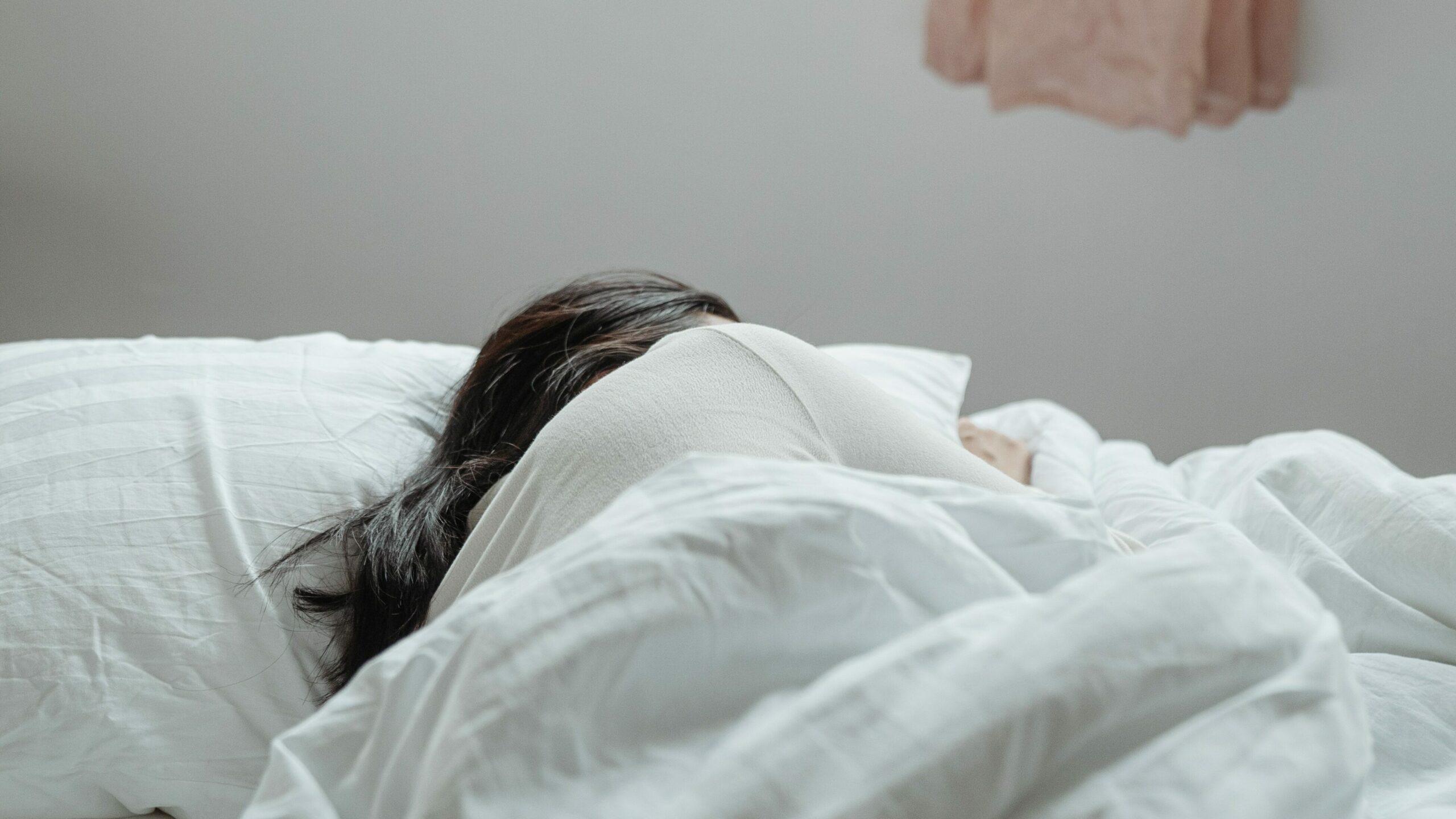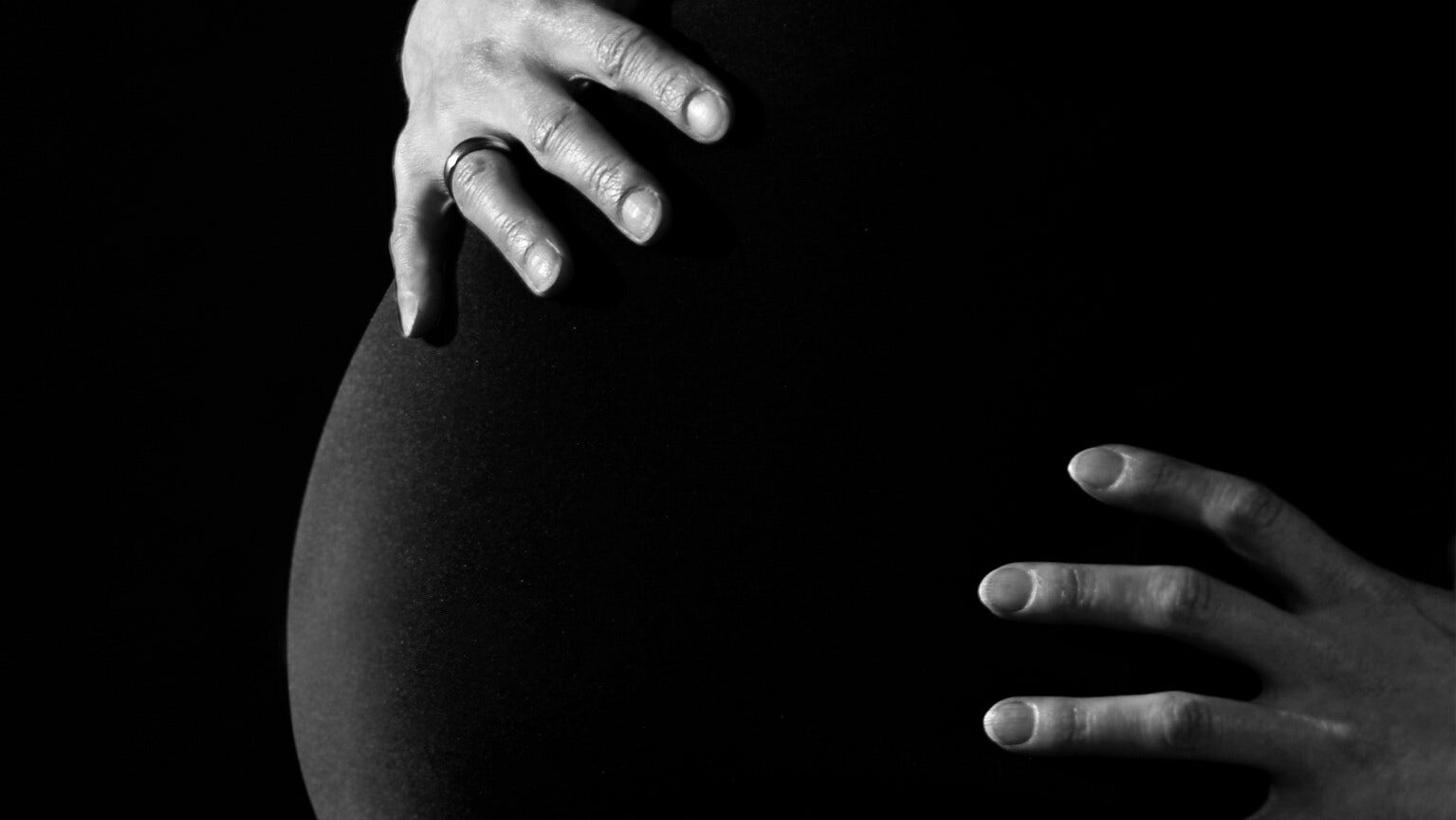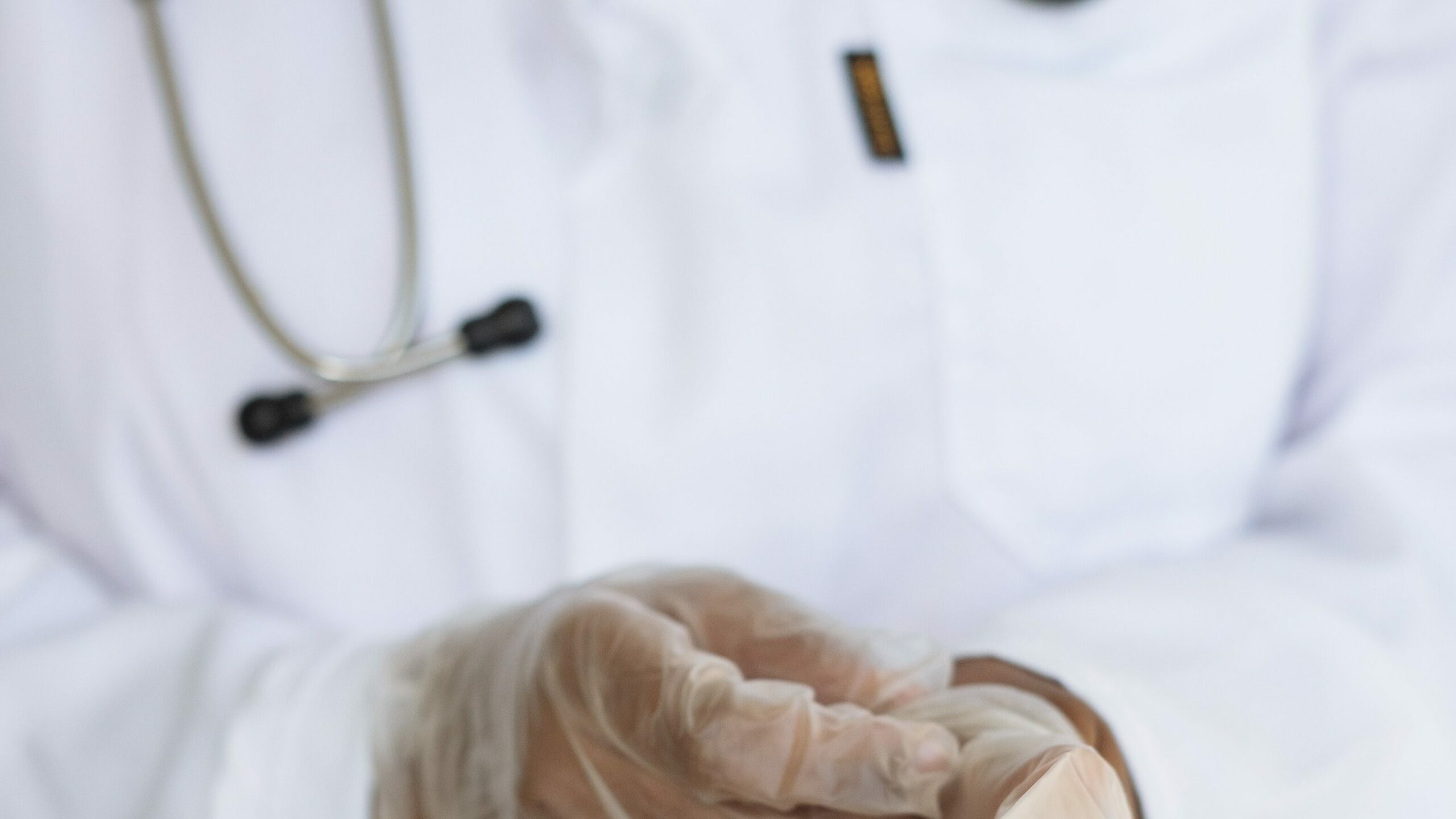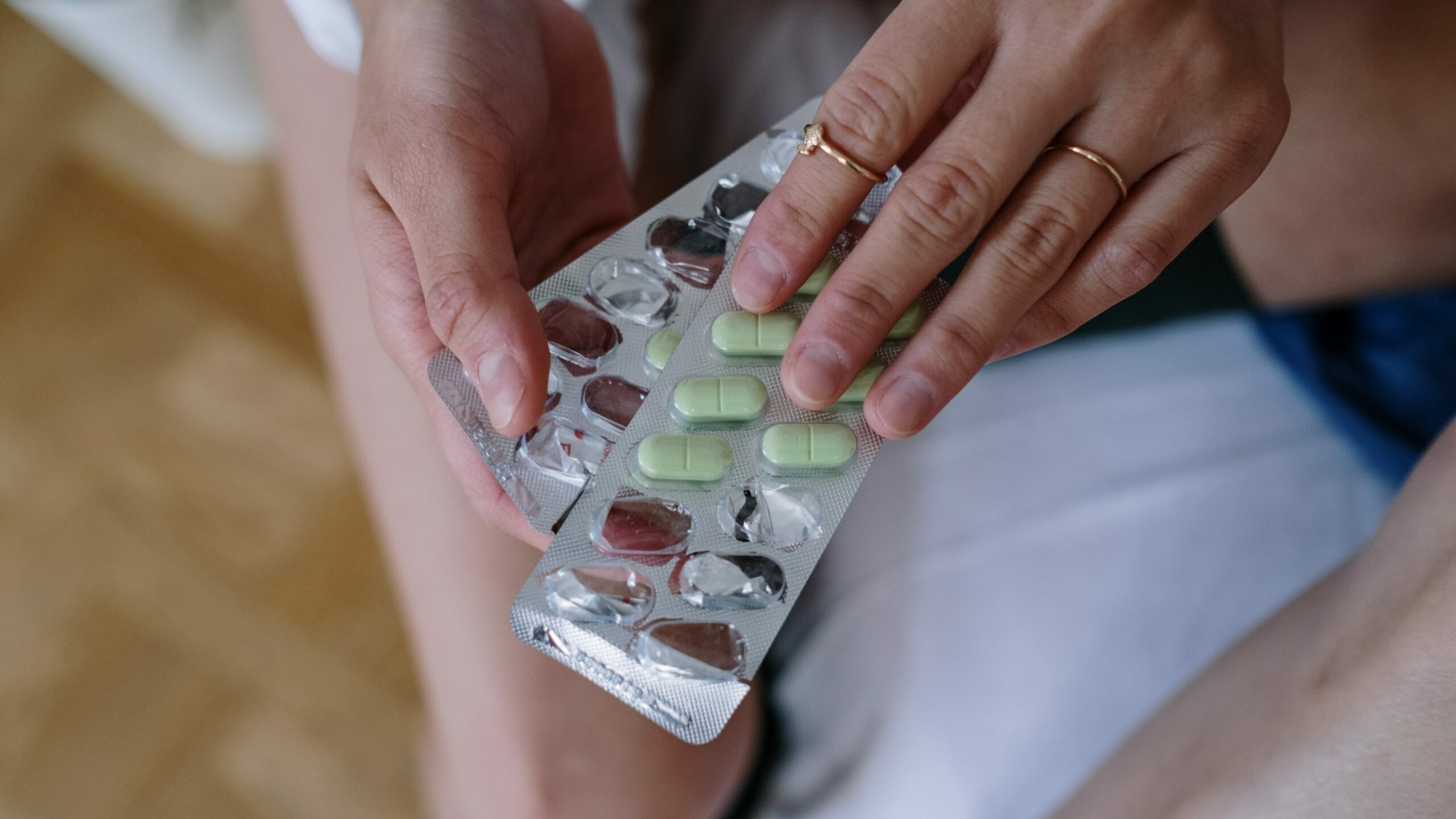
by Dr Sophie Genoni of Femma

Hormones are our body’s chemical messenger system. They tell the cells and organs of our body what they need to do. There are hundreds of hormones throughout the body, acting on all our organ systems – including the brain, gut, heart, bones, immune system and reproductive organs. A particular hormone can affect one or many organ systems, and acts like a lock and key to only act on these organs.
Hormone levels are not constant in our bodies. They can be released in response to certain stimuli – such as adrenaline being produced in response to stress, or melatonin being released at nighttime. Hormones can also be produced at different times in our lives – such as the changing oestrogen and progesterone levels during a female’s menstrual cycles. Some medical conditions are caused by abnormal levels of certain hormones; either too high or too low.

What are oestrogen and progesterone?
Oestrogen is the main female hormone. There are 3 types of oestrogen:
– Oestradiol, which is produced by the ovaries and is the main oestrogen in women of child-bearing age
– Oestrone, which is produced by the adrenal glands and fatty tissues, and is the main oestrogen in post-menopausal women
– Oestriol, which is produced by the placenta during pregnancy
Oestrogen is critical to pubertal development, and plays a role in womens’ menstrual cycles. The levels of oestrogen rise to their highest point in the middle of a woman’s menstrual cycle, and then fall again as a woman’s period approaches. The levels also decrease significantly after the menopause when ovulation is no longer occurring. Oestrogen has a role outside the reproductive system too, with effects on bones, skin, hair, the brain, the heart and cholesterol levels.
Progesterone is produced by the ovaries, and is released in the second half of a woman’s menstrual cycle after ovulation. Its main role is to prepare the womb lining for the implantation of an embryo. If the egg is not fertilised, the progesterone level will fall dramatically at the end of a woman’s cycle, which leads to menstruation.

Why would I need to take oestrogen and progesterone?
Oestrogen and progesterone are taken by women for a variety of reasons. There are many pharmaceutical names for the different oestrogen and progesterone products, as well as different brand names for products the contain the same hormones – so this can be confusing! Progesterone products are often referred to as ‘progestins’ or ‘progestogens’, which are terms used for synthetic progesterone.
Some of the common uses for oestrogen and progesterone are:
| Menopausal Hormonal Therapy (MHT) | Oestrogen is taken to treat the symptoms of menopause, and a progestogen is needed (in women who still have a uterus) to protect the womb lining from overgrowing due to the oestrogen. The oestrogen used for MHT is available in gels, patches or tablets. |
| Contraception | The combined oral contraceptive pills contain both oestrogen and progestogens, and there are also progestogen-only pills available. Progestogens are also used in the contraceptive injection, the contraceptive rod and intra-uterine devices (IUDs). |
| Polycystic ovarian syndrome (PCOS) | Progestogens may be used to induce periods and prevent overgrowth of the womb lining in women with PCOS. The combined oral contraceptive pill may also be used to regulate women’s cycles in PCOS. |
| Heavy and/or painful periods | Treatment options for heavy and painful periods include the combined oral contraceptive pill and progestogen-containing contraceptives such as the contraceptive rod, contraceptive injection and IUDs. This includes heavy and painful periods caused by conditions such as endometriosis. |
| Atrophic vaginitis | Topical vaginal oestrogen creams are used to treat vaginal dryness and discomfort associated with the low oestrogen levels in menopause. |
| Acne | Some of the combined oral contraceptive pills contain progestogens which are anti-androgenic, and these can be used for the treatment of acne. |
| Fertility treatment | Various combinations of oestrogen and progestogens are used in different stages of fertility treatment protocols. |

Do I need blood tests to check my levels of oestrogen and progesterone?
There are several situations in which blood tests to measure oestrogen and progesterone are used to make a diagnosis and to guide or monitor treatment. These hormones are often measured when investigating oligomenorrhoea (irregular periods) or amenorrhoea (no periods). Oestrogen and progesterone levels usually require monitoring during fertility treatments such as in-vitro fertilisation (IVF).
Blood tests are not required for the diagnosis of menopause in women who are in the usual age range for menopause. In fact, during the perimenopausal transition hormonal levels can fluctuate. Rather, menopause is diagnosed by a change in the pattern of a woman’s periods, combined with menopausal vasomotor symptoms. Blood tests may be helpful in diagnosing menopause in certain situations such as early-onset menopause or suspected menopause in women with long-acting contraceptives such as an intra-uterine device (IUD) or contraceptive rod.
There is no evidence that salivary or hair testing for hormone levels has any clinical role in diagnosing menopause, perimenopause, polycystic ovarian syndrome or other women’s health conditions, and is not recommended. The concept of oestrogen dominance is not an evidence based diagnosis and there is currently no research that validates it as a condition requiring blood tests or treatment.

What side effects and risks are there to taking oestrogen and progesterone?
Our natural levels of oestrogen and progesterone can have effects within our bodies. We know that the higher levels of oestrogen at certain times in a woman’s menstrual cycle can lead to breast tenderness, bloating and fluid retention, and that the changing levels of both oestrogen and progesterone towards the end of the cycle can contribute to pre-menstrual symptoms.
Even though oestrogen and progestogen products are working by acting on our bodies oestrogen and progesterone receptors (the same ones that our natural hormones act on), they can have different side effects to our natural hormones. Taking oestrogen in particular can have important risks and complications that women need to be aware of. As with any medication, these side effects and risks are always balanced against the benefits of taking the hormones.
Physical side effects
Taking oestrogen can cause breast tenderness, bloating, fluid retention, mild headaches and mild nausea. These side effects often improve with time.
Mood
Progestogens are more likely to affect mood in women, however different women respond differently, and women may also find they have mood changes with one type of progestogen and not another. The Femma Journal article ‘Mood and Contraception’ details the ways in which the different progestogen containing contraceptives affect mood.
Breast cancer
Breast cancer is unfortunately the most common cancer in women, with 1 in 8 women being diagnosed with breast cancer in their lifetime. Taking oestrogen and progestogens can increase a woman’s risk of breast cancer, although this increased risk is relatively small. The risk increases with higher doses, certain types of progestogens, as well as with increased age and longer use of the hormones. The risk decreases after stopping the hormones.
Blood clots, stroke and heart disease
Taking oestrogen increases the risk of blood clots (such as deep vein thrombosis (DVT) and pulmonary embolism (PE)), stroke and heart disease. These risks are increased in women with a history of these conditions, obesity, migraine with aura, family history of blood clots, smoking, increased age, and several other less common medical conditions. The risk increases with higher doses of oestrogen. Transdermal oestrogen (patches and gels) have less risk of stroke, heart disease and blood clots than tablet forms of oestrogen. Topical vaginal oestrogen creams have very minimal absorption into the body so do not increase these risks.

What about bio-identical hormones?
Bio-identical hormones are compounded hormones products that are marketed as being more natural, or identical to the hormones produced by our bodies. They are usually sold as creams, troches or pessaries. It is important to know that there is no evidence that these hormone’s act more ‘naturally’ than conventional pharmaceutical hormones, and can carry some important risks. Bio-identical hormones are not regulated with regards to their dosing and manufacture, and there are no studies to guide their efficacy and risk of adverse effects. This is especially important when progesterone is used as endometrial protection in MHT. Bio-identical compounded progesterone cannot be relied on to provide endometrial protection, and there have been reported cases of endometrial cancer developing due to inadequate protection from compounded progesterone products. In addition to these risks, bio-identical hormones often incur a considerable expense to women.
References
Australian Commission on Safety and Quality in Healthcare. 2022. Kidney infections and urinary tract infections (Accessed: https://www.safetyandquality.gov.au/our-Australasian Menopause Society. 2016. GP & HP Resources: Diagnosing menopause (Accessed: https://www.menopause.org.au/hp/gp-hp-resources/diagnosing-menopause)
Australasian Menopause Society. 2018. Information sheets: Bioidentical custom compounded hormone therapy (Accessed: https://www.menopause.org.au/hp/information-sheets/bioidentical-hormones-for-menopausal-symptoms)
Australasian Menopause Society. 2019. What is Menopausal Hormonal Therapy (MHT) and is it safe. (Accessed: https://www.menopause.org.au/health-info/fact-sheets/what-is-menopausal-hormone-therapy-mht-and-is-it-safe)
Australian Institute of Health and Welfare. 2012. Breast cancer in Australia: an overview (Accessed: https://www.aihw.gov.au/reports/cancer/breast-cancer-in-australia-an-overview/summary)
Cancer Australia. 2022. Breast cancer in Australia statistics (Accessed: https://www.canceraustralia.gov.au/cancer-types/breast-cancer/statistics)
Endocrine Society of Australia. 2019. The Endocrine System (or Hormonal System). Accessed: https://www.hormones-australia.org.au/the-endocrine-system/
Health Direct. 2020. Oestrogen (Accessed: https://www.healthdirect.gov.au/oestrogen)
Knudston, J & McLaughlin, J. 2019. Female Reproductive Endocrinology. Accessed: https://www.msdmanuals.com/en-au/professional/gynecology-and-obstetrics/female-reproductive-endocrinology/female-reproductive-endocrinology)
The Faculty of Sexual and Reproductive Health. 2019. UK Medical Eligibility Criteria for Contraceptive Use (Accessed: https://www.fsrh.org/documents/ukmec-2016/)
The Royal College of Pathologists Australia. 2019. Pathology tests: Oestradiol (Accessed: https://www.rcpa.edu.au/Manuals/RCPA-Manual/Pathology-Tests/O/Oestradiol)